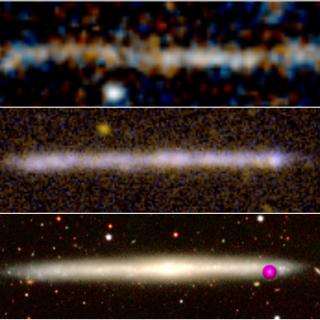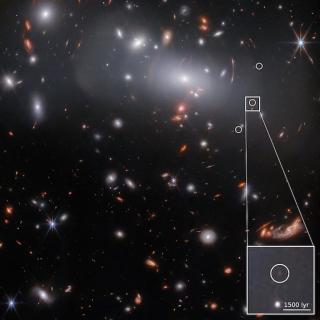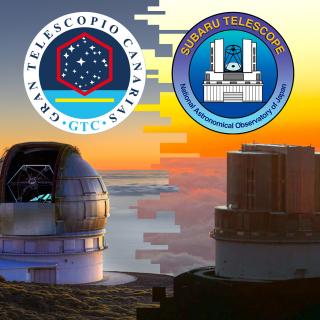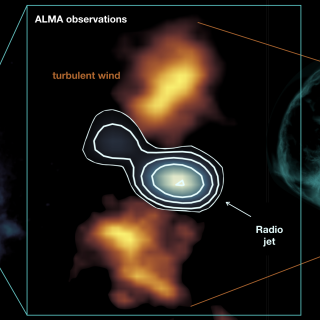
A study carried out by a team of researchers at the Instituto de Astrofísica de Canarias (IAC) has shown that an unusual thin structure of stars, recently discovered by the Hubble Space Telescope, could be a galaxy seen edge-on. This finding goes against the original interpretation in which a fleeing supermassive black hole was leaving a trail of stars in its wake. The new interpretation is published in the journal Astronomy and Astrophysics Letters. A mysterious trail of stars formed eight thousand million years ago and recently discovered by the Hubble Space Telescope has been a challenge
Advertised on




